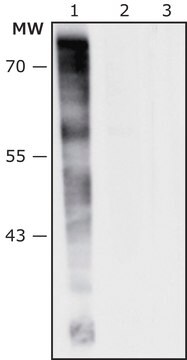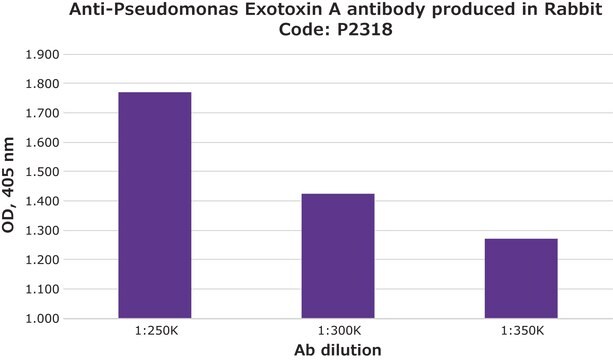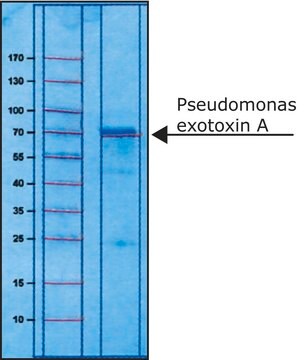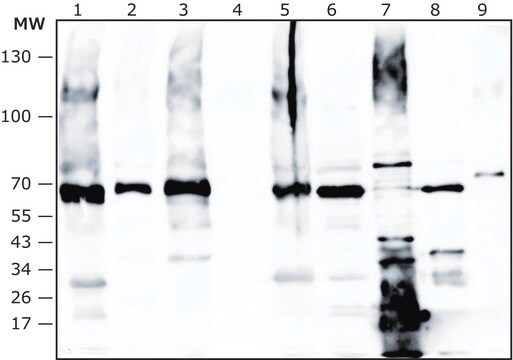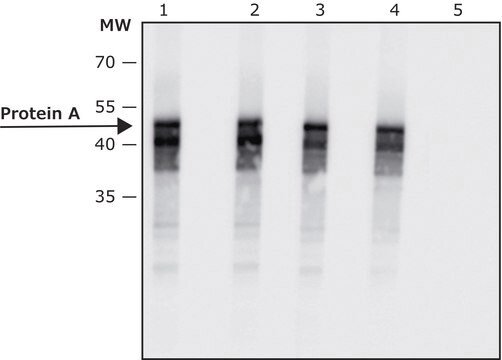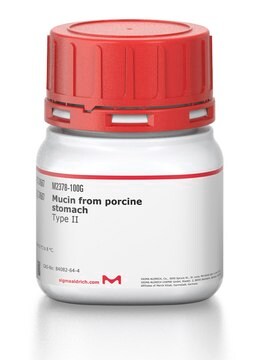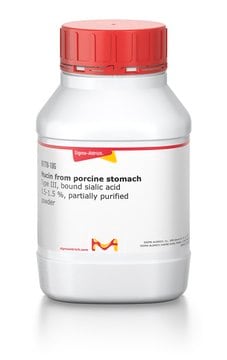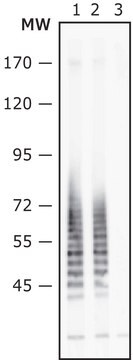SAB4200871
Anti-Pseudomonas aeruginosa Exotoxin A antibody, Mouse monoclonal
clone EXO-68, purified from hybridoma cell culture
Sinônimo(s):
ETA, PE, Pseudomonas Exotoxin A
About This Item
Produtos recomendados
forma do anticorpo
purified from hybridoma cell culture
Nível de qualidade
clone
EXO-68
Formulário
liquid
reatividade de espécies
Pseudomonas aeruginosa
concentração
~1 mg/mL
técnica(s)
ELISA: 2.5-5 μg/mL using Exotoxin A from Pseudomonas aeruginosa for coating.
immunoblotting: 0.125-0.25 μg/mL using exotoxin A from Pseudomonas aeruginosa.
Isotipo
IgM
temperatura de armazenamento
−20°C
modificação pós-traducional do alvo
unmodified
Descrição geral
Especificidade
Aplicação
Ações bioquímicas/fisiológicas
forma física
Armazenamento e estabilidade
Exoneração de responsabilidade
Código de classe de armazenamento
12 - Non Combustible Liquids
Classe de risco de água (WGK)
nwg
Escolha uma das versões mais recentes:
Certificados de análise (COA)
Lamentamos, não temos COA para este produto disponíveis online no momento.
Se precisar de ajuda, entre em contato Atendimento ao cliente
Já possui este produto?
Encontre a documentação dos produtos que você adquiriu recentemente na biblioteca de documentos.
Nossa equipe de cientistas tem experiência em todas as áreas de pesquisa, incluindo Life Sciences, ciência de materiais, síntese química, cromatografia, química analítica e muitas outras.
Entre em contato com a assistência técnica
